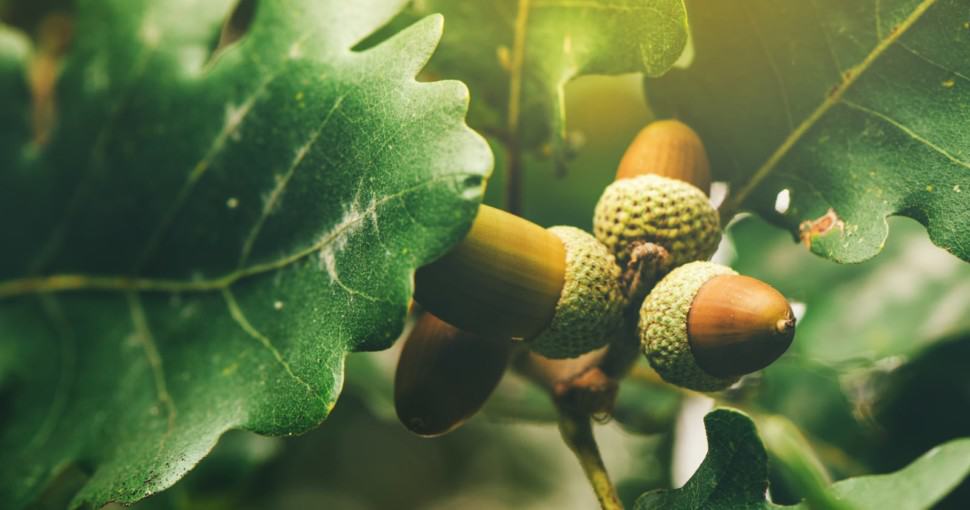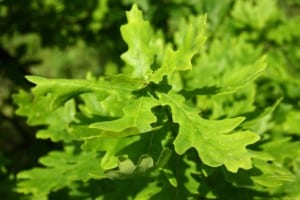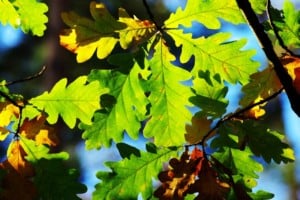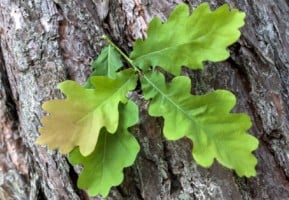The mighty oak tree is certainly something to behold and since these trees are found nearly everywhere, millions of people all over the globe have enjoyed their beauty throughout the centuries. If you’re a science buff and you want to learn how the oak tree grows and reproduces, keep reading.
Contents
TLDR – The truth is that oak trees can reproduce both asexually through self-pollination or sexually through pollination from another tree. The main difference is that asexual reproduction in oak trees is actually much rarer than sexual reproduction through pollination.
Oak Tree Reproduction Basics
Because oak trees are hermaphroditic, they can reproduce both asexually and sexually. Again, self-pollination or asexual reproduction is rare. Oak tree reproduction usually occurs when high winds spread pollen from the males to the female flowers. You can tell the male flowers because they are large and have tube-like bodies.
The male bodies are called catkins and hang down off of the tree, and they are easily recognized. The pollen is spread to the female flowers, which are much smaller and almost resemble buds. Sometimes, the pollen travels miles before reaching a female flower.
Once they do land on the female flower, the process of creating an acorn is begun. The bad news is that most acorns never get to produce a tree because they are eaten by wildlife and other animals before they even get the chance to germinate.
Acorns are considered the fruit of the oak tree, but as with apples, acorns will vary from species to species. They are all acorns, but they are each different from one another.
Oak tree reproduction always leads to the production of acorns. If you’re interested, you can learn the different parts of an acorn so you can learn to tell the difference between all of the different types.

- A) Cupule
- B) Pericarp (fruit wall)
- C) Seed coat (testa)
- D) Cotyledons (2)
- E) Plumule
- F) Radicle
- G) Remains of style.
- Together D., E., and F. make up the embryo.
Can Both Male and Female Oak Trees Produce Acorns?
Oak trees are monoecious, which means that if they are of reproductive age, they can produce acorns. This is because there are both male (staminate) and female (pistillate) flowers on each tree.
Most of the female flowers of the oak tree are pollinated by male flowers in trees in the same area. And there is tons of pollen, too, that is normally released for up to two weeks in the springtime. In fact, pollen is normally released right when the temperatures get higher in the spring, so there is lots of it to go around and to attach itself to the nearby female flowers.
Is the Pollen From Oak Trees Bad for Allergy Sufferers?
People often suffer with different types of allergies and despite the fact that the oak tree is beautiful and majestic, its pollen is considered one of the worst for people who suffer from allergies. This yellow pollen is often seen all over people’s cars.
Once the catkins develop on oak trees, pollination is ready to start and this usually takes place from February to late May. Mid-April is usually when the pollen is at its worst, especially for people who have allergy problems anyway.
One of the reasons why pollen is so bad for people prone to allergies is because the grains are very tiny; therefore, they are easily inhaled and super easy to spread. This means that they can get into people’s noses and mouths easily and quickly.
Nevertheless, as far as oak tree reproduction goes, this is what has to happen in order to pollinate the trees. Once an oak tree gets here, though, it (fortunately) stays here for a very long time!
Some Final Remarks
If you’re curious about how often the oak tree self-pollinates, which is a procedure also known as selfing, this only happens three to four percent of the time. In most cases, wind pollination occurs and pollen is deposited on another tree.
And if you’d like to learn a little more about oak trees, below are some tidbits that may be of interest to you:
- The three most common oak trees are the white oak, bur oak, and the Chinkapin oak.
- Oak trees support roughly 535 moth and butterfly pollinators.
- There are roughly 600 species of oak trees.
- Acorns on oak trees are consumed by deer, bears, and even pigs.
- Most acorns fall under one of three types of oak trees: black, red, and white.
- White oak trees can get up to 100 feet high in many cases.







